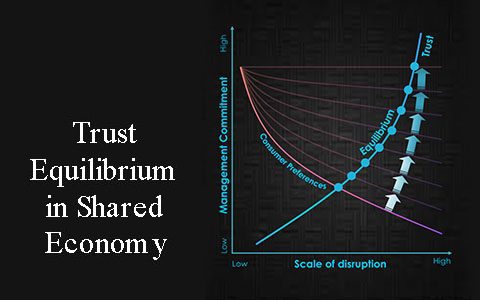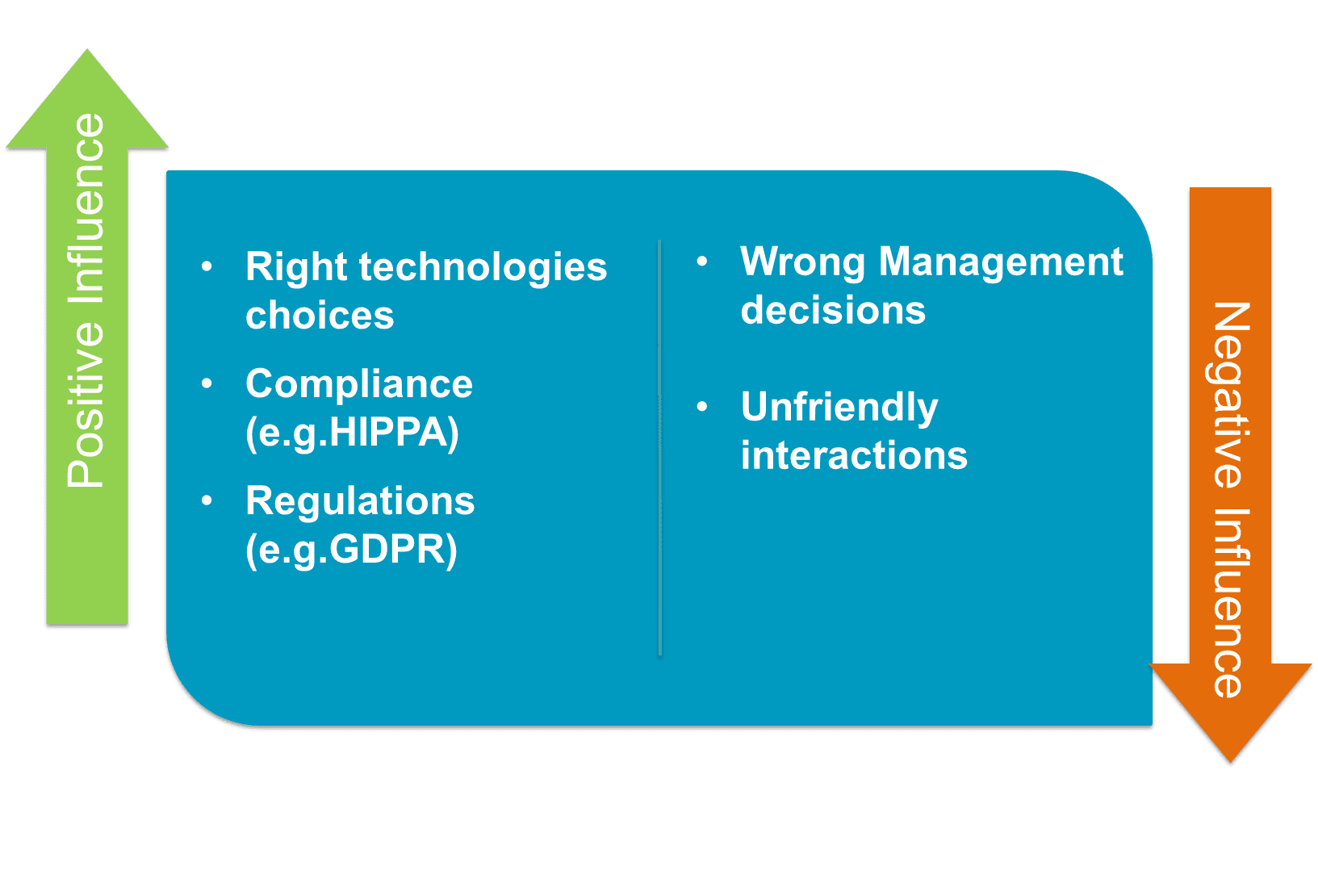Technology as a tool to raise organization-consumer trust

Trust deficit is rising
Technological advances continue to give consumers greater choice, better service levels, convenience and overall experience of engaging with various organizations- e.g. online shopping, online banking or even online access to government services. On the other hand, more and more instances of online fraud, identity theft, ransomware etc. are casting dark shadows, highlighting the vulnerabilities of unconstrained reliance on technology. Technology by itself is not responsible for the trust deficit between organizations and their stakeholders (including consumers). It is people who misuse technology to erode trust. But if organizations do not act to fix such problems (or are seen as not taking timely action), the trust deficit widens.
Of late, suspicions against the increasingly-pervasive use of technology have risen to new heights. This elevated level of mistrust is because of reports that technology may have been misused to influence public opinion, including in the Brexit poll and the 2016 US presidential elections. People’s fears and concerns are rooted in the reports that technology platforms like Facebook and Whatsapp that are used every day by tens of millions of people around the world were the instruments used. In fact, even Google finds itself under a microscope because it is seen to be collecting a whole bunch of information about individual users.

Trust as an equilibrium between providers and consumers
It takes time to build a certain level of trust- whether in people, organizations or even technology. But in human relationships, trust can be destroyed on the basis of just one “bad” transaction; with institutions and business organizations, it may take longer- but there too, trust is destructible. For consumers, the very fact that bad transactions occurred are an indication of organizational weakness- either incompetence or carelessness by management while choosing the right technology or design or inability or unwillingness to take corrective actions.
To understand the notion of trust and identify possible solutions to preserve trust between organizations and the customers/consumers they serve, it is useful to look at trust as an “equilibrium”. This equilibrium is influenced by technology, regulations and human intent. Regulations are not directly under the control of the company’s management; however, it certainly does exercise control over its commitment to maintaining trust with stakeholders by choosing the best technology and complying with laws. Large-scale disruptions like e-commerce represent an opportunity for management teams to signal their commitment to building trust between their organizations and stakeholders (customers, consumers, regulators etc.) by constantly improving their technology backbones to maintain the fine balance between consumer welfare, regulatory compliance and shareholder interests. This concept is diagrammatically represented below.
Blockchains and AI technologies can help enhance trust in systems
As former US President Ronald Reagan said, “Trust but verify”! Going forward, this is exactly what technology deployments must make it easier for company managements, regulators and consumers to do. The decentralized nature of blockchains and cryptography enable unmatched immutability of data and hence offer superior protection from by unauthorized access and actions. It is this data protection ability that is prompting more and more organizations to incorporate blockchain technologies into their systems. Blockchains allow frictionless data democratization because stakeholders would be more willing to transparently share information to trusted data intermediaries.
It is not possible to use blockchains everywhere; even if that were possible, it would take several years for organizations to make the transition. In the interim, a mix of blockchains and more conventional technologies will co-exist. Even if the blockchain is almost impossible to hack, other application layers in an enterprise are not so secure. While blockchain promotes decentralized information dissemination thereby eliminating intermediaries in an open data environment, AI fosters centralized intelligence over an organization’s closed data platforms. AI can identify patterns, behaviors, states and other aspects of system usage and data flows.
The addition of AI to the technology mix will make it easier for companies to enhance the efficacy of supervision when direct observation is not possible. The use of AI will also facilitate audits without human intervention, making such trails and audits more trustable. Especially when some decisions are made by machines, the powerful combination of blockchain and AI can significantly raise trust in consumers, regulators and business partners by virtually guaranteeing a secure application with verifiable and manageable data.
Someone said “it’s hard to trust when all you have from the past is evidence of why you shouldn’t”. This statement is especially true in the current context of trust deficit that is the outcome of an unfortunate confluence of technical vulnerabilities and human avarice. This growing trust deficit, if not addressed urgently, can put at risk adoption of technologies that can not only improve current operations for business organizations but also adoption of those paradigms that are capable of large-scale societal change- e.g. driverless autonomous vehicles and self-learning robots that can handle hazardous tasks on production lines or on the battlefront.
Consumers are driven by the principle “I don’t trust words, I trust actions”. Companies would do well to take the actions necessary to put their money where their mouth is by accelerating their plans to adopt blockchain and AI. But make sure it’s done the right way or else, you may end up creating new loopholes in your efforts to plug existing ones!